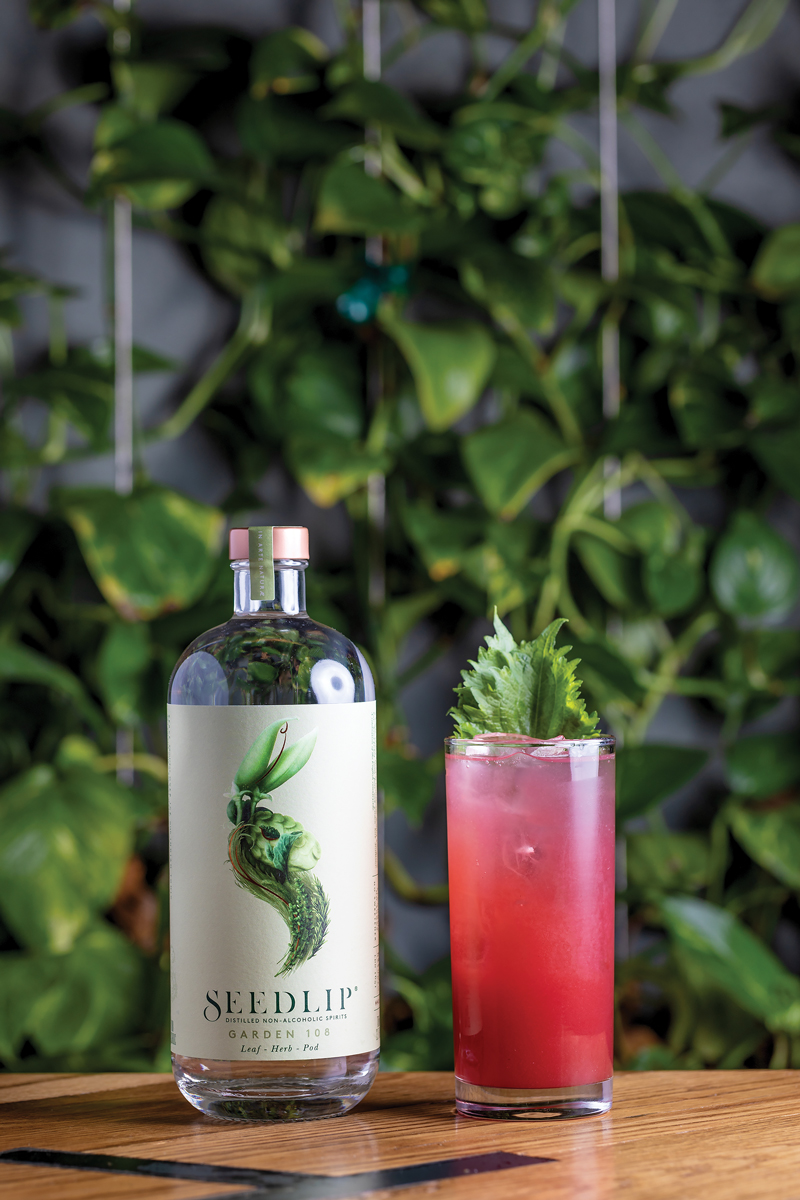 The hottest beverage trend for 2019 is turning out to be low- and no-alcohol drinks—but not for the reasons you might expect. According to industry sources, the shift has three main drivers:
The hottest beverage trend for 2019 is turning out to be low- and no-alcohol drinks—but not for the reasons you might expect. According to industry sources, the shift has three main drivers:
1. The baby boomer generation, which has consumed a large amount of the high-end wine sold in recent years, is aging and drinking less.
2. The millennials exploding on the consumer horizon have less disposable income for now, and they tend to be unimpressed by factors such as designated vineyards and superstar winemakers.
3. While red wine has been touted as having positive effects on cholesterol and heart disease (remember the French Paradox?), studies now suggest that no amount of alcohol is good for your health.

All these factors have combined to produce a seemingly perfect storm in the alcohol sector. While the total decline in U.S. alcohol sales was only slightly less than 1 percent last year, the fact is that consumption has been receding for several decades. The hardest-hit category is beer. If you don’t think so, consider this: Last June, giant brewer Anheuser-Busch InBev created a role for a chief non-alcoholic beverages officer. Faced with declining demand for Budweiser and other products, the company is investing in spiked coconut water. They are not alone. Molson Coors is turning to kombucha, and Diageo—home of dominant brands such as Smirnoff—has purchased a minority stake in a nonalcoholic spirit called Seedlip, made from fresh herbs, vegetables, and spices, and distilled in copper pot stills just like the real thing.
However, there’s also some good news. Talk to anyone in the industry long enough, and you’ll discover that millennials are the Holy Grail. For producers, decoding the preferences of this generation can mean the difference between mere survival and winning the lottery. While millennials tend to be supremely health-conscious, preliminary research indicates that they’re not drinking less. Instead, they tend to restrict their drinking to social situations (as opposed to keeping alcohol at home), they monitor their consumption carefully, and they are generally fussier about quality choices when they do drink.
While it’s obviously impossible to generalize about a huge group of people, some data points are emerging. According to Nielsen, millennials only account for a quarter of U.S. adults over 21, yet they represent 35 percent of beer consumption and 32 percent of spirits consumption. The Wine Market Council finds they drink 42 percent of the wine consumed in this country. They’re adventurous; they’re twice as likely as boomers to drink canned wine, for example, and more likely to try something new when they go out. Yet, as mentioned, they’re typically unimpressed by the grand châteaux of Bordeaux and Napa. This is grim for some legendary wine estates, as it’s difficult to charge hundreds of dollars for wine in a can.
Even though the millennial generation has yet to hit its peak earning years, they’re as quality-oriented as their forebears. They tend to prefer alcoholic products that are artisanal, handcrafted, and small-batch, and have been one of the prime forces behind the burgeoning craft beer movement. Nielsen also found them to be value-conscious, with 40 percent equating price and quality (as opposed to 27 percent of boomers). Based on this data, what can we expect to find in the alcohol sector 20 years from now? Look for more variety and innovation, a closer correlation between quality and price, more personalized and distinctive brands—and a stronger emphasis on products that are lower in alcohol. «









Facebook Comments